I believe wounded and traumatized hearts can be restored from the effects of past trauma. Trauma: is an ongoing emotional, spiritual, psychological, physical response from past distressing, abusive, threatening, and overwhelming events. Such events may have been accidents, abuse, war carnage, illness, overwhelming fear, threat and/or witnessing a deeply disturbing experience.
What is Restoration?
Restoration involves:
Resetting the broken bone (so to speak metaphorically);
Dressing wounds of Abuse, Harm, Betrayal, Exploitation, and Humiliation.
Restoration requires mourning the losses.
Restoration is recovering that which was stolen from the victim, such as dignity, value, worth, purity, and innocence.
Restoration includes experiencing freedom from the bondage of the past.
Restoration is facing and forgiving the unforgivable!
Restoration allows God’s redemptive love to transform woundedness into renewed life.
Restoration is a Journey! Wounds do not happen all at once, they are collected over time through multiple past events and experiences. The damage of trauma is carried deep within the Psyche, affecting and infecting the soul and spirit.
There is an inner journey to discover what exactly needs to be restored. Much of the damage may be harbored in the unconscious, fearing the storm facing the vessel that dares to uncover and consciously face the truth.
The journey of restoration is a narrow, thorny, twisted pathway with rocks, trees, overgrown brushes, extreme weather conditions, and taunting enemies threatening more harm.
This journey of restoration takes courage to face our past offenses and injuries, allowing our memory to take us back in time to grieve the true losses, express the unexpressed emotions, and reconstruct our life. To experience restoration one must journey from the present into the feared past and back again. This journey is deep, travelling to the depths of our soul, unraveling the twisted knots of broken promises, shattered dreams, lost childhood, ravaged identity, and conflicted emotions. This journey is towards transformation and wholeness restored.
There are at least ten tasks on this Journey of Restoration:
1. Prayer- The same Creator who formed us in the womb (Psalm 139) desires to restore us from the memories, and effects of trauma! Prayer is an essential part of this restoration process. Other supportive people praying for our restoration journey are also very important. We can ask our Creator for the right support to counsel and walk with us. We can petition Him to search our hearts and mind, exposing the Offenses (Jeremiah 17:10). David’s prayer in Psalm 139 can also be our prayer. “Search me oh God and know my heart. See if there be any offensive way in me and lead me in the way everlasting” Offences committed against us get within us and need to be removed.
2. Remembering: We cannot restore that which you do not remember. Denial is self-protection from remembering and facing the past trauma we prefer to forget, pretending it was not there, or at least it was not damaging. Choosing to remember is the first step. David in psalm 32 said “then I acknowledged and did not cover up..” Remembering involves uncovering the truth of what really happened. Most of those who have been traumatized fear this journey into the past, anticipating the painful flashbacks and intense emotions that will be stirred up. Once past the doorway of anticipation we descend into the Truth that sets us free from falsehood and deception.
3. Re-experiencing traumatic memories: If we refuse to search out the past memories of trauma, they will find us, resurface and bite us back at inconvenient times. Everything we experience with our senses (taste, smell, sight, sounds, touch) is all recorded in our mind and contained in each memory (Dr. Penfield brain stimulation expert at the Montreal Neurological Institute). Painful & disturbing memories get repressed, pushed down into our unconscious mind. Such memories still affect us even though we are not consciously aware of them. Thoughts, emotions and behaviors in the present may be motivated and controlled by these memories hidden deep within. Post trauma can sponsor flashbacks, dreams, sudden anxiety, panic attacks, depression, guilt, and shame. Choosing to re-experience the past trauma allows the unconscious to become conscious, so we can deal with the event in the present with support. We can identify the people who abused, betrayed, and injured; choosing how to deal with them in the now.
4. Reconnecting to the past emotions: Past traumatic memories of abuse, neglect, harm, betrayal, horror, have emotions attached to them that may never have been truly expressed. “ I sat down and wept, and mourned for many days; I was fasting and praying before the God of heaven” (Nehemiah 1:4) The shock, confusion, numbness and fear experienced in the past trauma blocks other deeper emotions like anger, rage, fear, betrayal, guilt and shame from being felt and expressed. Reconnecting to the feelings, while revisiting and reliving the past traumatic event, allows those true feelings to flow and be expressed. This needs a safe place and trusted support to help process these emotions.
5. Grieving past trauma, offences, and losses: Mourning and Grieving the past trauma allows for loss and sadness to be defined, digested, accepted, and worked through. An inventory of offenses and losses can be useful for Sharing, Journaling, Prayer, Writing letters, Memorials, Counseling, Support groups, Healing circles, etc. Grief can be expressed in a variety of ways for different people, such as in work, hobbies, projects, special causes, volunteering, music, retreats, hunting, etc. We can experience Spirit enablement “to comfort all who mourn, ..to give them beauty for ashes, the oil of joy for mourning, the garments of praise for the spirit of heaviness; that they might be called trees of righteousness, the planting of the Lord, that He may be glorified” (Isaiah 61)
6. Confronting the Offenders: Offenders that have abused, presumed, manipulated, perpetrated, harmed, and blamed leave behind a wake of pain, hurt, powerlessness, anger, confusion, shame and fear for their victims to drown in! Confronting the offender; expressing the anger; breaking the silence of shame; facing the fear; taking back control; is part of the processing of trauma. Some will differ in their counsel and coaching on this matter. It is easy to feed denial and spiritualize on this point. The opposite extreme would be to seek vengeance and repay evil for evil. Victims have to take their voice back; reclaim their dignity; assign the proper guilt, blame and shame to the perpetrator; seek justice where possible; let the offender know the real damage they have caused. Offenders can be confronted face to face or by letter if they are deceased. Many victims have read their letter over the graves of their perpetrators. Victims are not responsible for the response of the perpetrator. The primary motive is the freedom from bondage for the victim, not the redemption of the perpetrator. There may be a redemptive purpose that is accomplished in the end by our creator.
7. Forgiving the Offenders: This is the most difficult decision to make in the restorative process. Forgiving the offender releases the victim from the load of resentment and bitterness that has grown within them. Forgiveness means: to pardon, to no longer seek vengeance. Forgiveness is not forgetting as some spiritualize it to mean, rather it is the opposite! Forgiveness is remembering, acknowledging and choosing to face the damage and deal with the consequences. Forgiveness is ultimately a gift to be received before we can truly give it; essentially we channel the forgiveness God has given us. If the offender is asking forgiveness and demonstrating repentance it makes forgiveness easier. However, more often than not, the offender, even after being confronted , will choose denial and refuse to take responsibility. Forgiveness then surrenders self, and the injustice of the offense to God who promises to take vengeance against the offender. “ Vengeance is mine declares the Lord” (Romans 12) We are called to “overcome evil with good” not “repay evil for evil”. This delicate balance is not easily accomplished!
8. Owning and Forsaking Pain Mismanagement: Every victim attempts to manage the pain caused by trauma in some way. This pain can be mismanaged, adding to the damage of the original offenses and causing even self-victimization. Drugs and/or Alcohol for example may become an addiction when initially they were used to escape the pain of trauma. Victims need to identify, own and forsake pain mismanagement to discover more functional ways to cope and work through the pain. Some may self-sabotage in their relationships, allowing anger to be misplaced onto others trying to get close to them. Self-protection due to past harm can build walls to try and stay ahead of being harmed again. Numbing oneself from past trauma can prevent connecting in new relationships and reinvesting trust in the here and now. We can choose comfort in dysfunction over risking the hard work of restoration, denying the possibility of new functional corrective experiences.
9. Redeeming Lost Opportunities: “and they shall rebuild the old ruins. They shall repair ruined cities, the desolations of many generations.” (Isaiah 61) Redeem means: ‘to buy back’. Lost opportunities of the past can be bought back in the now and/or in the future. Many victims of trauma loose hope in the midst of enduring symptoms from events that were beyond their control that robbed them of innocence and other opportunities in life. The restoration process can allow for new opportunities to be discovered to redeem the past and rebuild the present and the future. Part of self-redemption is taking back control of your life, moving from victim to overcomer with the help of the creator and support of others. Am I a victim or have I been victimized? Do I have the courage to rebuild from the ashes?
10. Rediscovering Purpose: Your story can one day become your greatest weapon. Through the eyes of a restored overcomer, past trauma provided an opportunity for redemption. The story of this journey can help and inspire others to do the same. Overcomers of trauma discover a higher purpose for their pain. A restored identity, stronger and more resilient than they ever imagined. The creator can use the trauma of the past for overcomers to live in freedom, bringing hope to other victims still in bondage. Restoration carries with it the freedom of no limitations. What higher purposes can now be realized? What future dreams will be fulfilled?

